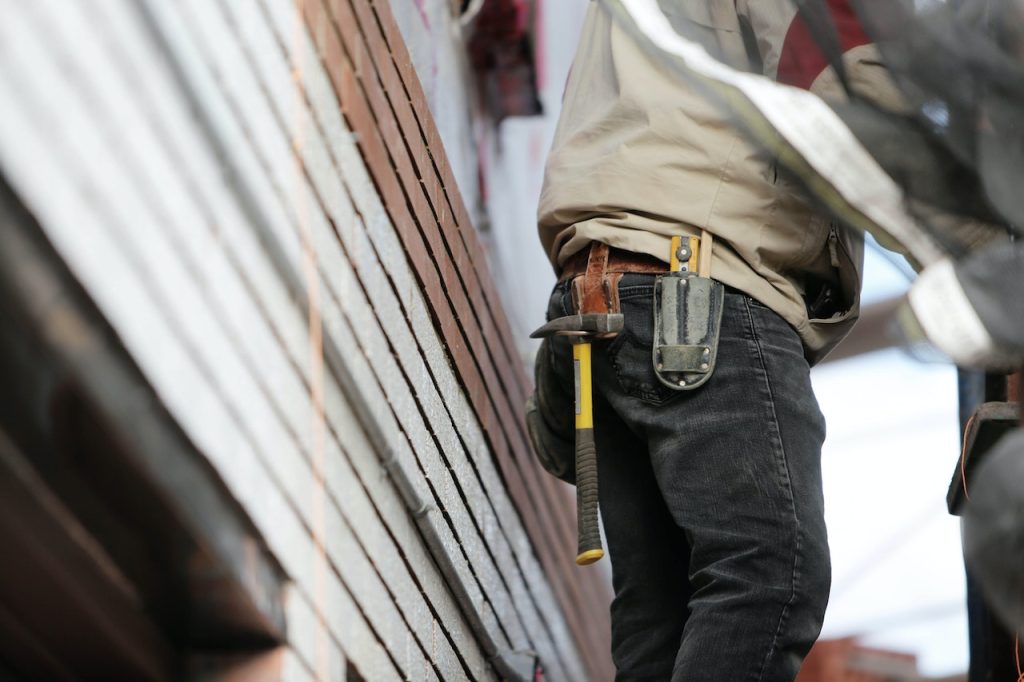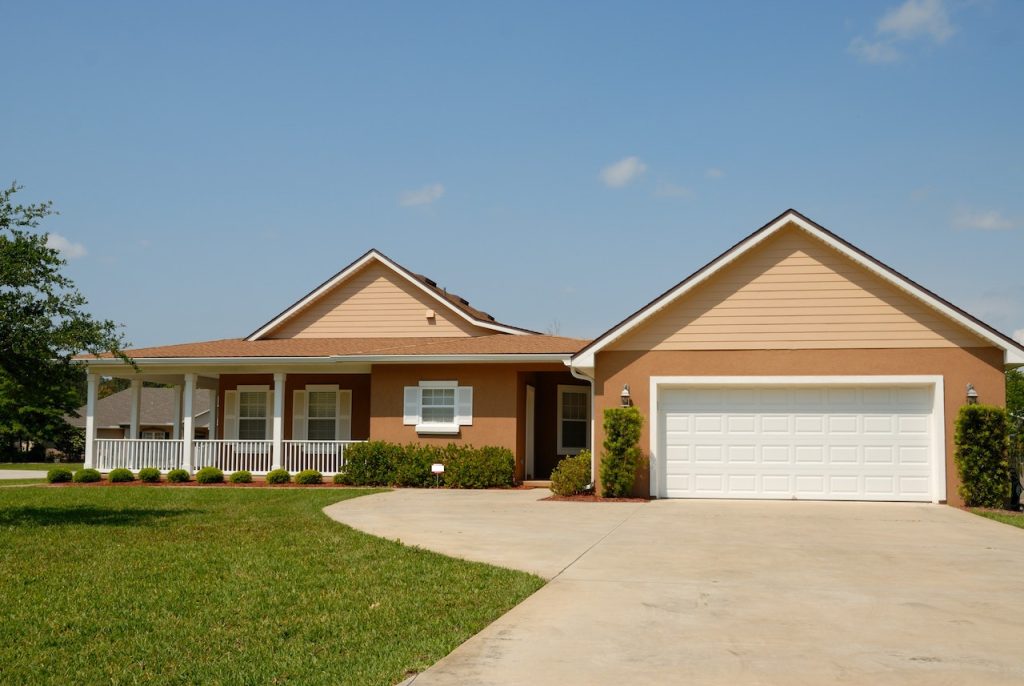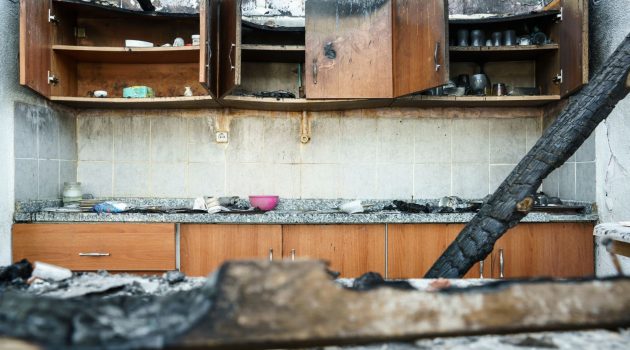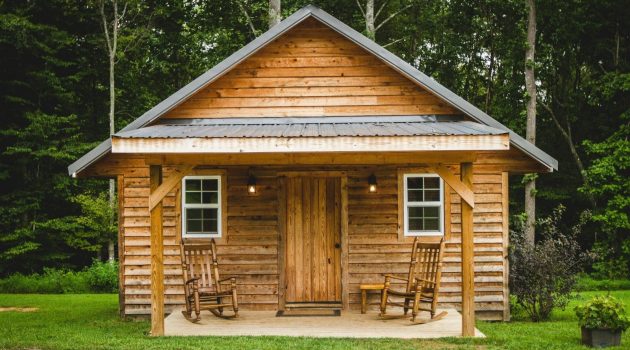Installing siding is a great way to improve the look and value of your home.
It can also protect your home from damage caused by weather, insects, and other elements.
But it’s important to take the time to plan out your project before you begin, as this will make the installation process much smoother and more successful.
In this article, we’ll walk you through all of the steps involved in installing siding on your home.
We’ll provide tips on choosing materials, prepping for installation day, working with contractors if needed, and how troubleshooting common issues that may arise during or after installation.
After reading our guide below, you should have everything you need for a successful siding project!
1. Choosing the Right Siding Material for Your Home
When choosing siding for your home, it’s important to take into account several factors.
The climate you live in should be taken into consideration, as certain materials may fare better than others in extreme temperatures.
You should also consider the type of siding you want (vinyl, wood, aluminum, etc.), as each material has its own set of pros and cons.
Researching different types of siding can help you determine which type will fit best with your home’s needs and style.
Moreover, you should also determine the color and finish of the siding that you want.
This will help ensure your home looks its best once the installation is complete.
2. Preparing for Installation Day
Once you’ve chosen the right siding material for your project, it’s time to get ready for installation day.
Before you begin, you should make sure that the walls of your home are free from any debris, dirt, or other unwanted objects that could interfere with the installation process.
Make sure to clear out any furniture around the walls as well. If there is existing siding on your home’s walls, check for damage and repair any areas that may be compromised.
On the other hand, if you’re starting a siding project from scratch on an unfinished wall, you will need to ensure that the wall is level and secure before installation.
You should also check for any cracks or crevices in the wall that could potentially lead to water damage over time.
Namely, filling any potential water entry points will help prevent major problems down the line.
3. Working With Contractors

If you’re not comfortable tackling the installation of your siding project alone, it is a good idea to hire a professional contractor to help you with the job.
Before hiring a contractor, be sure to do some research and find someone who has experience working on similar projects.
Before making a final decision, it’s recommended that you ask for references and read online reviews to ensure you’re selecting the best quality work for your money.
Many contractors provide free estimates, therefore it’s advisable to obtain a few quotes.
If you are on the lookout for residential siding contractors in Seattle, you can find top-rated contractors in your area by researching.
Looking at a few local contractors’ websites will give you an idea of the quality work they can provide.
4. Troubleshooting Common Issues
Although most siding projects go smoothly, it’s important to be aware of common issues that could arise during or after installation.
Make sure to inspect your siding regularly, as this will help spot any potential problems before they become bigger issues.
If you notice any loose or cracked siding, get in touch with the manufacturer promptly to arrange for repair or replacement.
Moreover, if you observe any issues with the sealing of your siding, inspect all caulking thoroughly to ensure it is secure and there are no gaps.
In some cases, you may need to re-caulk the affected area, or even replace the siding entirely. The same goes for any other damage that you find, such as rot, mold, or insects.
5. Siding for Specialized Applications

In some cases, you may need to use specialized siding for specific applications.
One example of this would be using a brick veneer or stone siding in an area with a higher risk of fires.
In addition, if your home is located in an area with high levels of moisture (such as near a water source), you should look into using siding materials that are designed to withstand moisture better.
While it can be tempting to select siding solely on the basis of design, it’s important that you prioritize safety and durability first.
6. Sustainable Siding Options
If you want to choose an eco-friendly siding option, there are a variety of sustainable products on the market.
Wood siding is a good option if you want a renewable resource that’s simple to upkeep.
Also, many long-lasting siding alternatives with lower environmental impact have been created using composite and recycled materials.
These materials often have a lower installation cost and require less energy to maintain.
For instance, fiber cement siding is composed of a mixture of sand, cement, and recycled wood fibers.
Another example is vinyl siding, which uses recycled plastics to create a durable material that’s easy to clean and maintain.
Knowing your options when it comes to eco-friendly siding materials can help you find the best solution for both your home and the environment.
7. Historical Preservation
When it comes to siding projects on historical buildings, there are special considerations that must be taken into account.
In these cases, you should always consult with a professional who specializes in historic preservation before beginning any repairs or renovations.
They will be able to advise you on the best materials and methods for preserving the original look and feel of your property while also protecting it from the elements.
A lot of these siding materials are available in unique shapes and sizes, so you will need to be extra mindful when selecting the right products for your project.
From researching the right siding material to selecting the color and finish, there are many important steps involved in a successful siding project.
Preparing for installation day by cleaning your walls and ensuring they are level is also essential before beginning any repairs or renovations.
If you decide to hire a contractor for help with your siding projects, make sure to do some research beforehand and select someone who has experience working on similar tasks.
Additionally, it’s wise to inspect your siding regularly afterward as this will allow you to spot any potential problems early on.
Lastly, if you want an eco-friendly option that’s durable yet cost-effective then consider looking into sustainable materials such as fiber cement or vinyl siding.
With these tips in mind, we hope that all of your future home improvement projects go smoothly!



